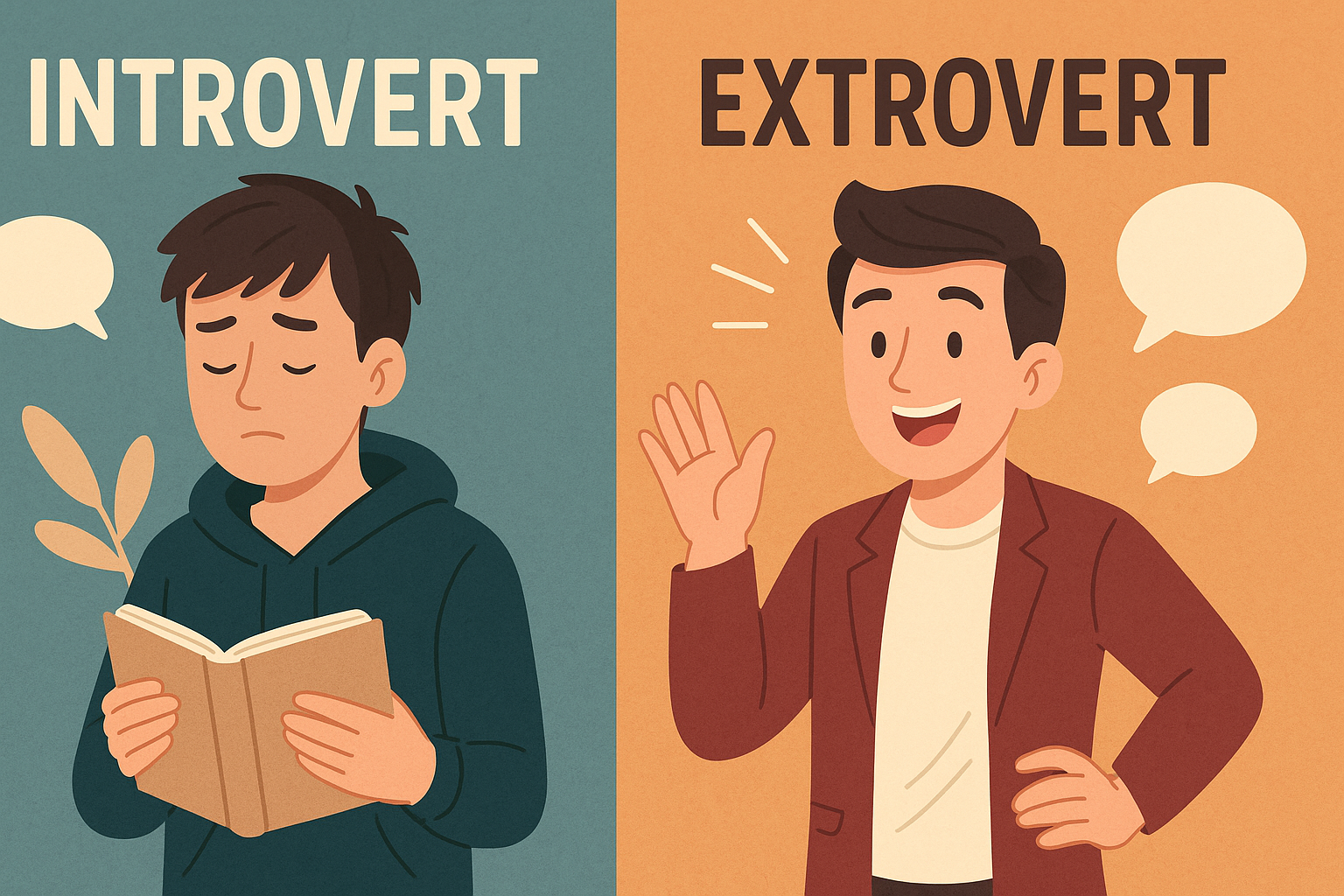
If you’ve ever found yourself questioning the nature of truth, reality, or how we perceive the world, you’re not alone. Postmodernism, an intellectual movement that emerged in the mid-20th century, asks us to reconsider everything we thought we knew about culture, knowledge, and narratives. But here’s the thing: postmodernism isn’t easy to define. In fact, it thrives on questioning definitions, meaning, and even reality itself.
I first encountered postmodernism during my college years when I was assigned a reading from Jean Baudrillard’s Simulacra and Simulation—I remember feeling both confused and fascinated. The idea that reality could be constructed, mediated, and manipulated through media and cultural narratives was mind-blowing. Postmodernism, in its essence, tells us to question the established norms and to understand that “truth” is often subjective, shaped by history, power, and the stories we’re told. It’s a rejection of certainty and a celebration of ambiguity.
In this article, I’ll walk you through the core ideas of postmodernism and how this movement reshapes our understanding of art, culture, and even everyday life. Whether you’re a newbie to the topic or have some background knowledge, there’s always something new to explore in the world of postmodern thought.
What is Postmodernism?

At its core, postmodernism is a reaction against the rigid structures and grand narratives of modernism and Enlightenment thought. Modernism, which thrived in the late 19th and early 20th centuries, emphasized reason, progress, and the idea that there are universal truths that can be discovered. Postmodernism, on the other hand, challenges these assumptions. It questions the idea that there is one universal truth and embraces the concept that truth can be multiple, subjective, and shaped by context.
One of the central tenets of postmodernism is the rejection of metanarratives—those large, overarching stories that claim to explain everything about the world. These include ideologies like capitalism, communism, or even religious doctrines that try to explain the entire course of human history. Instead, postmodernism says, “Wait a minute, what if these narratives are just social constructions?”
I first realized the power of postmodern thought when I started rethinking familiar narratives. Take the concept of history: we’ve all been taught about the past in a certain way, with certain figures or events emphasized, and others left out. Postmodernism invites us to ask: whose history is being told? Who is left out of the story? It encourages us to deconstruct and examine the stories we accept as “truth.”
Key Concepts of Postmodernism
To better understand postmodernism, let’s break down some of its key ideas:
1. Relativism and Subjectivity
Postmodernists argue that truth is not absolute; instead, it is relative and shaped by personal perspectives, cultural backgrounds, and power dynamics. What you believe to be true might differ from someone else’s reality, and that’s okay. This isn’t about creating chaos or confusion—rather, it’s about recognizing that truth is not a one-size-fits-all concept.
This idea was hard for me to grasp at first, especially coming from a background where truth was often taught as fixed and objective. But the more I learned, the more I realized that our perspectives are shaped by so many factors—whether it’s our upbringing, education, or even the media we consume. Truth is a product of all of these forces.
2. Deconstruction
One of the major intellectual tools used in postmodernism is deconstruction, a concept introduced by philosopher Jacques Derrida. Deconstruction is about analyzing texts, language, and cultural artifacts to reveal the underlying assumptions, contradictions, and hidden power dynamics at play. In simple terms, it’s about questioning what is left out of the story and how things are framed.
Take advertising, for example. If you watch a commercial, you’ll notice that it’s not just about selling a product—it’s selling a narrative. It’s telling you what happiness looks like, what success means, and even what a good life entails. Postmodernists would encourage us to break down these messages, asking: what’s being assumed here? What’s missing?
3. Simulacra and Hyperreality
In postmodernism, we often hear about “hyperreality,” a concept popularized by Jean Baudrillard. In a world filled with media, simulations, and digital representations, we’re no longer experiencing the world directly; instead, we’re interacting with simulations of reality. For example, think of a theme park like Disneyland—it’s a constructed reality, a simulacrum, that represents an idealized, sanitized version of the world.
Baudrillard argued that in our media-saturated age, we no longer distinguish between the “real” and the “simulated.” The media and advertisements we consume are no longer just reflections of reality—they have become reality itself. It’s a strange but fascinating idea, and when you start thinking about it, you realize how much of our experience of the world is mediated through technology and media.
4. Pastiche and Intertextuality
In postmodern art, literature, and culture, there’s a strong emphasis on pastiche—the mixing and reworking of existing styles and genres. Unlike modernist art, which often tried to innovate or push boundaries, postmodernism revels in borrowing and combining elements from different times, cultures, and genres. This can lead to playful or ironic interpretations, often questioning the seriousness of tradition.
Intertextuality is another key idea. It’s the idea that no text (or work of art) exists in isolation. Every text refers to and is influenced by others. So when you watch a movie or read a book, it’s always referencing and reworking other works. For example, Quentin Tarantino’s films are known for their use of pastiche and intertextuality, blending genres and referencing other films to create something entirely new—and often, tongue-in-cheek.
Postmodernism in Art, Literature, and Culture
Postmodernism has had a huge impact on art, literature, and popular culture. In art, postmodernism is characterized by an eclectic style that blends high and low culture, humor, and irony. In literature, authors like Thomas Pynchon, Don DeLillo, and Kurt Vonnegut have used postmodern techniques to blur the line between fiction and reality, often using fragmented narratives, metafiction, and unreliable narrators.
One of the most famous postmodern novels, Slaughterhouse-Five by Kurt Vonnegut, challenges traditional notions of time, history, and reality. It’s a book that refuses to be pinned down to one meaning or interpretation. It’s a perfect example of how postmodernism reshapes storytelling by rejecting linear narratives and embracing a more fragmented, unpredictable approach.
In pop culture, postmodernism is all around us. From TV shows like The Simpsons, which constantly reference and parody other cultural texts, to movies like The Matrix, which explores the concept of simulated realities, postmodern ideas are embedded in the media we consume every day.
Conclusion
Postmodernism is a mind-bending journey that challenges the way we think about truth, reality, and the narratives that shape our lives. It forces us to question the grand stories we’ve been told and to knowledge the subjectivity and complexity of the world around us. Whether you’re an art lover, a reader, or just someone looking to understand more about how culture shapes our understanding of reality, postmodernism offers a fresh and thought-provoking perspective.
I’ll be honest—it took me a while to fully grasp postmodernism, but once I did, it changed the way I view everything from literature to daily life. It’s a reminder that reality isn’t as fixed as we think, and sometimes, the stories we tell ourselves are just as important as the ones we’re told.







